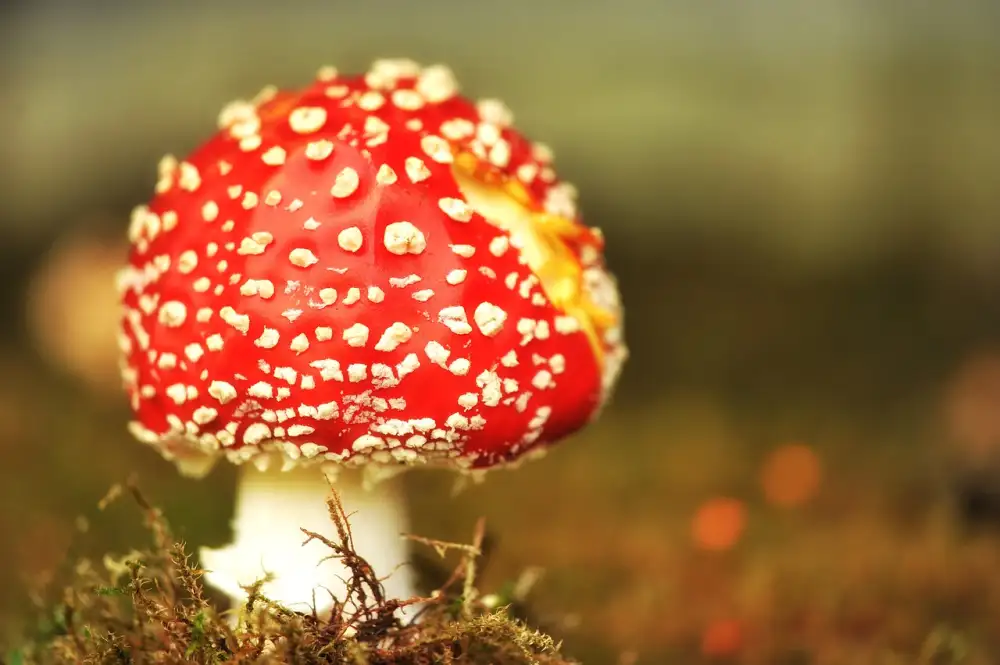Say Goodbye to Fruit Flies with This DIY Fruit Fly Trap: A Homeowner's Guide

Fruit flies, those tiny pests that seem to appear out of nowhere, can quickly become a nuisance in our homes. These pesky insects are attracted to ripened fruits and vegetables, as well as sugary substances like juice or wine. They reproduce rapidly, laying hundreds of eggs at a time, leading to a full-blown infestation within days. Fruit flies can contaminate our food and spread bacteria, making them not only annoying but also potentially harmful. If you're tired of swatting at these bothersome bugs, it's time to take action and say goodbye to fruit flies once and for all!
Benefits of using a DIY fruit fly trap
Using a DIY fruit fly trap offers several benefits. Firstly, it is a cost-effective solution compared to purchasing commercial traps. Secondly, it allows you to control the ingredients used in the trap, ensuring it is safe for your home and family. Additionally, making your own trap gives you the flexibility to customize its size and design according to your needs. Lastly, DIY traps are easy to assemble and can be made using common household items, making them accessible to everyone. Say goodbye to fruit flies with this simple yet effective DIY solution!
Step-by-step guide to making a homemade fruit fly trap
Step 3: Step-by-step guide to making a homemade fruit fly trap
1. Start by gathering the necessary materials for your DIY fruit fly trap. You will need a small glass jar or bottle with a narrow opening, apple cider vinegar, dish soap, plastic wrap, and a rubber band.
2. Pour about half an inch of apple cider vinegar into the jar. The strong scent of vinegar attracts fruit flies and lures them into the trap.
3. Add a few drops of dish soap to the vinegar. The dish soap breaks the surface tension of the liquid, causing the fruit flies to sink and drown when they come in contact with it.
4. Cover the top of the jar with plastic wrap, ensuring it is tightly secured with a rubber band. Poke several small holes in the plastic wrap using a toothpick or fork.
5. Place your homemade fruit fly trap in areas where you have noticed high fruit fly activity, such as near ripe fruits or vegetables, garbage cans, or compost bins.
6. Check your trap daily and empty it as needed. Fruit flies can quickly multiply, so regular maintenance is crucial for effective control.
7. Rinse out and refill your DIY fruit fly trap every few days to keep it fresh and enticing for new fruit flies.
By following these simple steps, you can create an effective homemade fruit fly trap that will help eliminate those pesky insects from your home.
Materials needed for the DIY fruit fly trap
To make your own DIY fruit fly trap, you will need a few simple materials that are likely already in your kitchen. Here's what you'll need:
1. A small glass or plastic container with a lid: This will serve as the main body of the trap and should have a tight-fitting lid to prevent the flies from escaping.
2. Apple cider vinegar: Fruit flies are attracted to the sweet smell of vinegar, making it an effective bait for the trap.
3. Dish soap: Adding a few drops of dish soap to the vinegar will help break the surface tension and ensure that any trapped flies sink into the liquid.
4. Plastic wrap or a rubber band: You'll need something to cover the top of the container and create a small opening for the flies to enter.
5. A toothpick or fork: This will be used to poke holes in the plastic wrap, allowing the flies to enter but making it difficult for them to escape.
With these materials on hand, you'll be ready to assemble your homemade fruit fly trap and say goodbye to those pesky insects once and for all!
Instructions for assembling the trap
1. Take a small glass jar or container with a tight-fitting lid.
2. Using a sharp knife or scissors, cut several small holes in the lid of the jar.
3. Pour about half an inch of apple cider vinegar into the bottom of the jar.
4. Add a few drops of dish soap to the vinegar and stir gently.
5. Place the lid securely onto the jar, making sure it is tightly closed.
6. Wrap a piece of plastic wrap over the top of the jar and secure it with a rubber band.
7. Poke several small holes in the plastic wrap using a toothpick or fork.
8. Set the trap in areas where fruit flies are commonly found, such as near fruit bowls or garbage cans.
9. Check the trap regularly and replace the vinegar mixture as needed.
10. Dispose of trapped fruit flies by emptying and rinsing out the jar.
Follow these simple steps to assemble your homemade fruit fly trap and say goodbye to those pesky pests!
Placement and maintenance tips for effective fruit fly control
To effectively control fruit flies, proper placement and maintenance of the DIY fruit fly trap is crucial. Here are some tips to ensure its effectiveness:
1. Position the trap near areas where fruit flies are commonly seen, such as kitchen countertops or near garbage bins.
2. Avoid placing the trap in direct sunlight, as this can cause the mixture to dry out quickly.
3. Keep the trap away from food preparation areas to prevent any contamination.
4. Regularly check and empty the trap to prevent overflow and maintain its efficiency.
5. Refill the trap with fresh bait regularly, especially if it becomes less effective over time.
6. Clean your kitchen regularly, ensuring that no ripe or decaying fruits are left out in the open.
By following these placement and maintenance tips, you can effectively control fruit fly infestations in your home using a DIY fruit fly trap.
Natural remedies to prevent fruit fly infestations
Natural remedies can be effective in preventing fruit fly infestations. One simple method is to keep your kitchen clean and free of ripe or overripe fruits. Regularly dispose of any rotting fruits or vegetables in a sealed bag or container outside the home. Additionally, you can use essential oils such as lemon, lavender, or eucalyptus to repel fruit flies. Dilute a few drops of the oil with water and spray it around your kitchen countertops and windowsills. Another natural option is to place a bowl filled with apple cider vinegar and a few drops of dish soap near areas where fruit flies are commonly seen. The sweet smell will attract them, while the soap will trap them in the liquid. By incorporating these natural remedies into your routine, you can help prevent future fruit fly infestations in your home.
In conclusion, DIY fruit fly traps are a cost-effective and efficient solution for dealing with fruit fly infestations in your home. Not only do they help eliminate these pesky insects, but they also provide a safe and non-toxic alternative to chemical sprays. By following the step-by-step guide and using natural remedies, you can say goodbye to fruit flies once and for all. Remember to regularly clean and maintain your trap for optimal results. With a little effort, you can enjoy a fruit fly-free environment and keep your fruits fresh for longer. So why wait? Start making your own DIY fruit fly trap today!
Published: 02. 01. 2024
Category: Food



